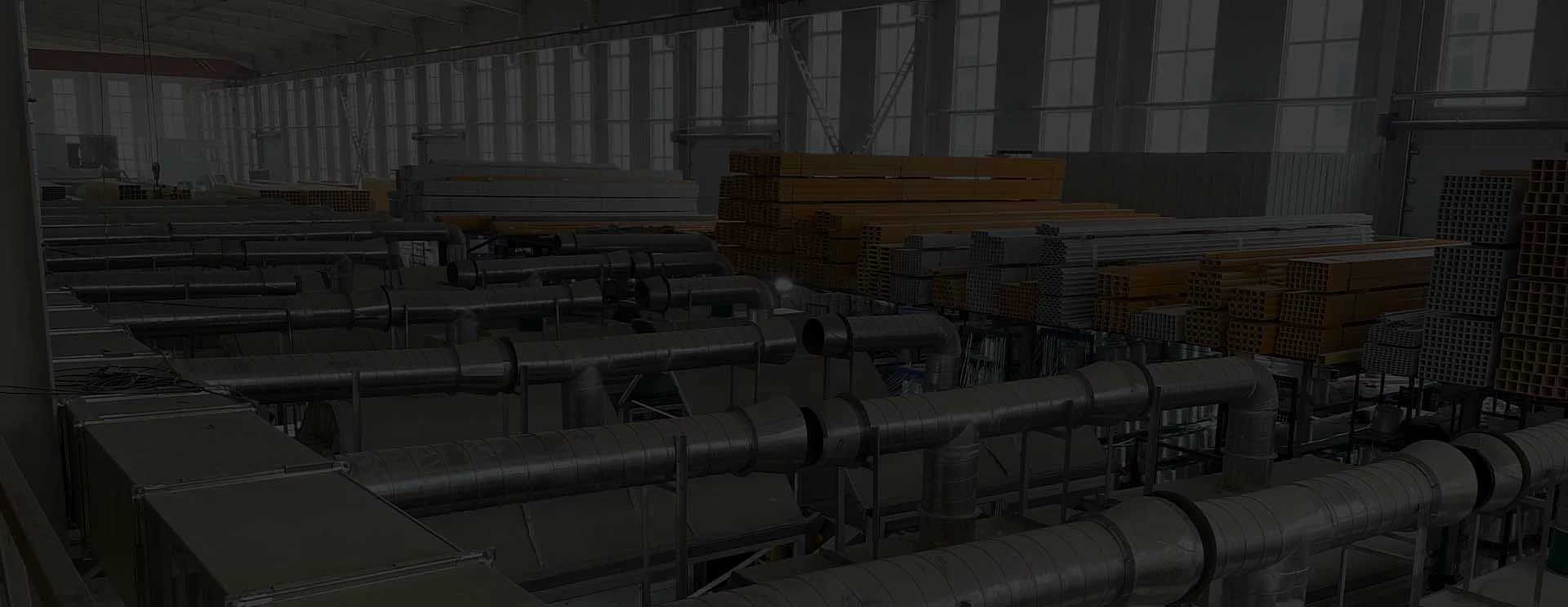loading...
- No. 9, Xingyuan South Street, Dongwaihuan Road, Zaoqiang County, Hengshui, Hebei, China
- admin@zjcomposites.com
- +86 15097380338
- Welcome to visit our website!
moulded grating
The Versatility and Advantages of Moulded Grating
Moulded grating, a product made from high-strength fiberglass reinforced plastics (FRP), is rapidly gaining popularity across various industries. Its versatility, durability, and lightweight characteristics make it an appealing choice for applications ranging from industrial flooring to walkways and platforms. This article will delve into the many advantages of moulded grating and explore its diverse applications.
Understanding Moulded Grating
Moulded grating is produced by combining fiberglass and resin in a mould, which is then cured to create a strong and lightweight product. The unique manufacturing process allows for a variety of designs, including different thicknesses, colors, and configurations. This product is particularly advantageous in environments where corrosion, moisture, and other harsh conditions can compromise traditional materials like steel or wood.
Key Advantages of Moulded Grating
1. Corrosion Resistance One of the most significant benefits of moulded grating is its superior resistance to corrosion. Traditional metal grating can rust when exposed to harsh chemicals or extreme environmental conditions. In contrast, moulded grating is inherently resistant to a wide range of chemicals, making it an ideal choice for applications in industries such as chemical processing, wastewater treatment, and marine environments.
2. Lightweight Yet Strong Moulded grating is notably lighter than steel or aluminum alternatives. This lightweight nature simplifies transportation and installation, reducing labor costs and time. Despite its lightweight composition, moulded grating exhibits impressive strength, allowing it to bear heavy loads without compromising structural integrity.
moulded grating

3. Slip Resistance Safety is a primary concern in many industrial settings, and moulded grating addresses this with excellent slip-resistant surfaces. Manufacturers often include textured finishes that enhance grip, reducing the risk of slips and falls in wet or oily environments. This feature promotes workplace safety and is crucial in settings like factories, refineries, and food processing plants.
4. Low Maintenance Another appealing aspect of moulded grating is its low maintenance requirements. Unlike wood, which can rot and require frequent replacement, or metal, which may require regular coatings to prevent rust, moulded grating can often be cleaned easily with soap and water. This durability translates to lower long-term costs for businesses as they spend less on maintenance and replacement.
5. Customizability Moulded grating can be customized to meet specific needs. Manufacturers can create various panel sizes, colors, and designs, allowing businesses to select an option that fits their aesthetic and functional requirements. Additionally, the grating can be manufactured with specific load capacities and chemical resistances tailored to the application.
Applications of Moulded Grating
The uses of moulded grating are extensive across numerous sectors. In the chemical industry, it serves as flooring in processing plants, chemical storage areas, and laboratories, where it protects against spills and chemical degradation. In water treatment facilities, moulded grating is used for walkways and platforms due to its resistance to moisture and various chemicals.
Moreover, the construction industry utilizes moulded grating to fabricate lightweight panels for building facades and roofs. Its non-conductive nature makes it suitable for electrical applications, while the marine industry utilizes moulded grating for docks, gangways, and other structures exposed to harsh sea conditions.
In conclusion, moulded grating offers numerous advantages that make it a versatile and effective solution for various industrial applications. Its resistance to corrosion, lightweight nature, slip-resistant surface, low maintenance needs, and customizability position it as a preferred choice in many sectors. As industries continue to seek innovative materials that enhance safety and efficiency, moulded grating is poised to become an even more integral component of modern infrastructure.
-
The Rise of FRP Profiles: Strong, Lightweight, and Built to LastNewsJul.14,2025
-
SMC Panel Tanks: A Modern Water Storage Solution for All EnvironmentsNewsJul.14,2025
-
GRP Grating: A Modern Solution for Safe and Durable Access SystemsNewsJul.14,2025
-
Galvanized Steel Water Tanks: Durable, Reliable, and Ready for UseNewsJul.14,2025
-
FRP Mini Mesh Grating: The Safer, Smarter Flooring SolutionNewsJul.14,2025
-
Exploring FRP Vessels: Durable Solutions for Modern Fluid HandlingNewsJul.14,2025
-
GRP Structures: The Future of Lightweight, High-Performance EngineeringNewsJun.20,2025
